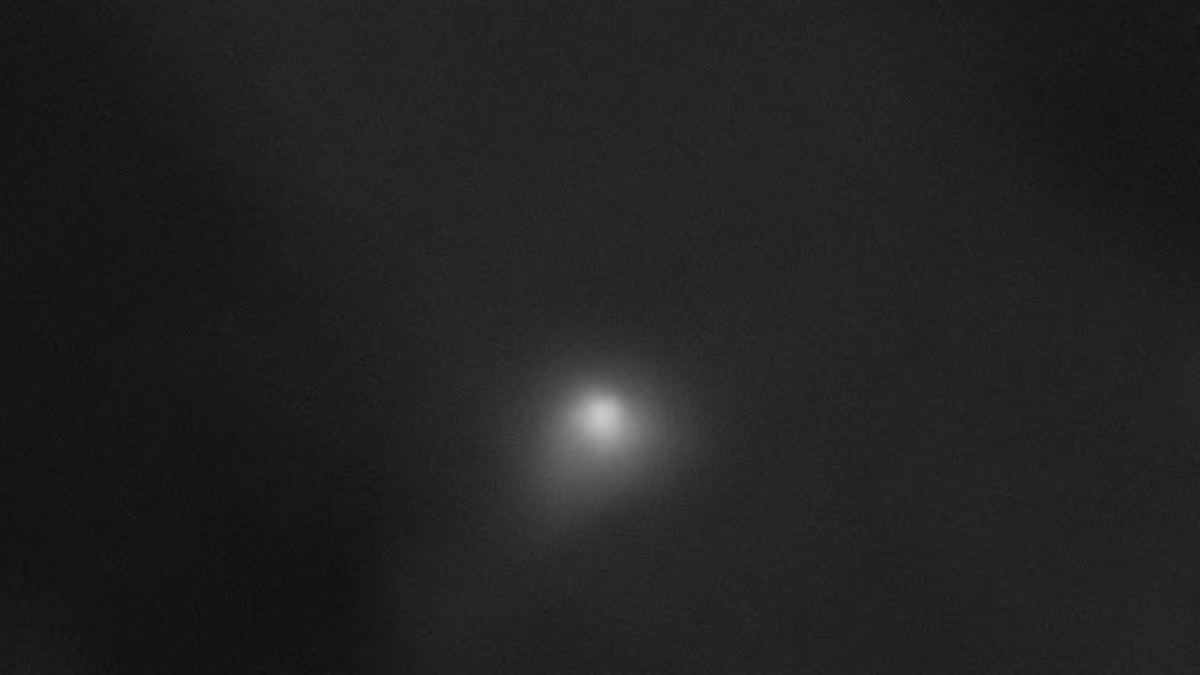NASA caught a view of interstellar comet 3I/ATLAS from Mars

In these two images from NASA’s Perseverance rover, interstellar comet 3I/ATLAS is just a faint smudge against a background of stars. At the time, the comet was about 18.6 million miles (29.9 million kilometers) from the rover, which was exploring the rim of the red planet’s Jezero Crater.
NASA, JPL-Caltech/ASU/MASS
Unaffected by the U.S. shutdown, the European Space Agency had a chance to share their own photography of 3I/ATLAS back in October. A series of images taken by their ExoMars Trace Gas Orbiter spacecraft depicts the comet blazing silently through the night sky.
Although the object was still too faint at that point to learn much about its composition, the Trace Gas Orbiter was able to track 3I/ATLAS for about a week. This allowed astronomers to plot out the interstellar object’s path through the solar system with an unprecedented degree of precision—meaning it’s now easier for them to work out exactly where to point their telescopes to follow the comet’s path.
Space-based spies detect 3I/ATLAS
NASA also has several uncrewed planetary missions making their way through the solar system—and two of them were able to peer back and see 3I/ATLAS as a shimmering speck. Psyche (which is journeying to a metallic asteroid), and Lucy (which is on a tour of several asteroids close to Jupiter) spied the comet in September, allowing scientists to further improve their knowledge of the object’s trajectory.
A key problem for astronomers was that the comet made its closest approach to the Sun at an awkward angle: from Earth’s point of view, it dipped behind our local star, obscuring it from view when it would naturally reach its most effervescent point.
Fortunately, three deep space missions designed to study the Sun itself managed to track 3I/ATLAS as it swooped behind the star: NASA’s Polarimeter to Unify the Corona and Heliosphere (PUNCH) probe, NASA’s Solar Terrestrial Relations Observatory (STEREO) spacecraft, and the joint ESA-NASA Solar and Heliospheric Observatory (SOHO) mission.





